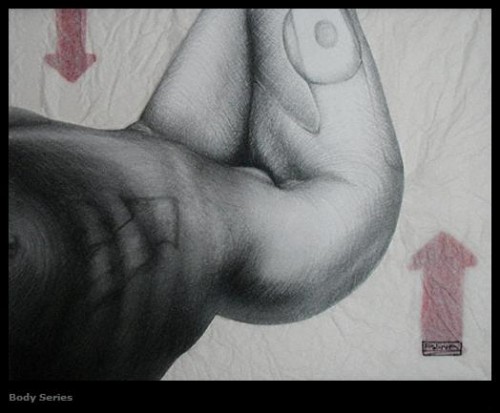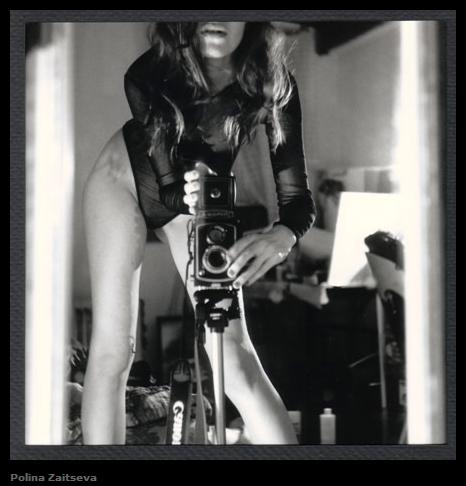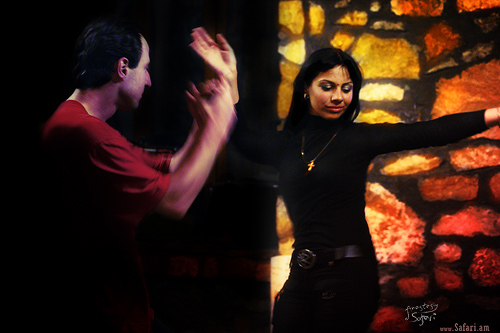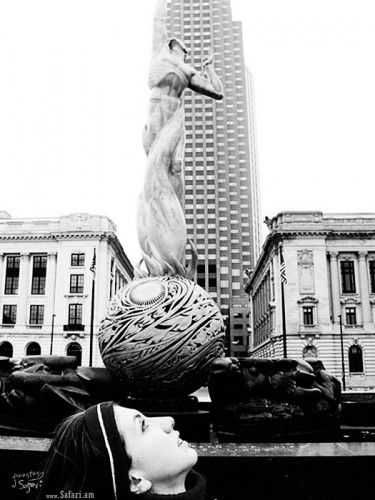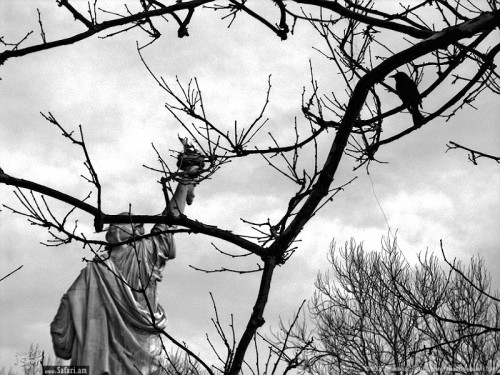This is a spur of the moment writing that resulted from a comment in a previous post. From my experience there are several criteria dictating the price of an initial sale that I can tell you about right off the bet.
Step one. A relatively quick research of the local artists can tell you what to start with. You can, pick an existing photographer, print and frame your images to be of the same quality as his and put up a price close to his. This implies several things: you are showing to the crowd that he is showing to, your works strike you as similar in quality (craftsmanship), your image measurements and your framing are truly adequate or surpass those of his, he is actually a selling artist.
Next one would be pricing from experience. There are tones of art fares and shows held through out States. Pitch a tent in one, set up shop, look around at the prices of others and set yours. Have sets of large original prints at respectable price and put together a bin of knock-offs(mat only, 1/4 of the original, price accordingly). Play with the price in the small bin and see when people will buy. Try 4X the prices on the large works. Also if a person is interested in a small image try to sell her a large version of one.
Third approach is a gallery set price. It is good to show your works as much as possible, however you can tell experienced gallery curator if they can price your work for you. The reasons they can are as follows: they advertise regularly and know the abilities of their clientele, they have a reputation to uphold so the price has to be with in range, they have a general sense of which works would be more attractive to a client. If you have been selected by such a gallery you have a solid price for your works.
Another good criteria is a first sell. If you have sold a work of certain size and certain packaging for a certain price you have a good standard to measure against. In fact if going forward you become better known and the prices of your initial sales go up it will imply that the prices of your earlier works are now higher. This is where art as an investment comes in.
On the note of setting a good price for your works, there is a noble way to go about it. Either donate your work to a charitable auction or as a charity to sponsor your work and donate proceedings to that charity. Some artists would even put a plexiglass bin and have people throw in recipts for a fraction of the artwrok’s cost with an opportunity to win it and proceedings going towards a charity of artist’s choice. In this instance you get publicity, a price for your works and a good feeling that your works really ment soething for a number of people. The only true risk in this instance is to end up with a low price for your work or an unsold work due to a price that is too high for an auction. That is however something you would have to gamble with.
There are dangerous pitfalls to worry about. A price attached to an artwork can have a direct effect on people’s perception of it. If you price an artwork as one of our readers suggested (cost of materials and assembly labour + a little bit for artists daily expanses) you are running a risk of ruining your true worth and your image. Humans tend to attach emotions to money, so if you try to appease their financial abilities you are running a risk of turning your work of Fine Art into another addition to their decor.
Looking forward to being flamed for the last paragraph,
ILYa






